Just write us your request & we will take care of the rest.
Innovations in Stainless Steel Bolts and Nuts: Enhancing Durability in Harsh Environments
In a world where machinery and infrastructure are increasingly exposed to conditions, the demand for durable and reliable fasteners is more critical than ever. Stainless steel bolts and nuts have long been the go-to choice for industries requiring strength, resistance to corrosion, and longevity. With ongoing advancements in manufacturing technologies and materials, these fasteners are evolving to meet the challenges of even more demanding environments. From temperatures to high-pressure and corrosive environments, innovative stainless steel bolts and nuts are now essential components in industries ranging from marine and aerospace to automotive and construction.
The Importance of Durability in Harsh Environments
Stainless steel is widely favored for its exceptional corrosion resistance, strength, and longevity, making it ideal for use in challenging applications. In environments where conditions such as saltwater, high humidity, or exposure to chemicals are common, traditional bolts and nuts can quickly degrade, to mechanical failure, downtime, and expensive repairs. This is where innovations in stainless steel bolts and nuts are playing a pivotal role. By enhancing the material’s properties and improving manufacturing processes, these fasteners are becoming stronger, more reliable, and more resistant to wear and tear.
Industries such as marine, aerospace, oil and gas, and chemical processing depend on fasteners that can withstand the harshest conditions. For example, offshore platforms in the oil and gas industry face constant exposure to saltwater, which can rapidly corrode untreated materials. Similarly, in aerospace, fasteners must perform at temperatures, high pressures, and high altitudes without losing their structural integrity. As such, the evolution of stainless steel bolts and nuts is central to ensuring that these industries remain safe, efficient, and cost-effective.
Innovations in Stainless Steel Alloys
The heart of innovation in stainless steel bolts and nuts lies in the material itself. Traditionally, 304 and 316 stainless steel have been the materials of choice due to their resistance to rust and corrosion. However, recent advancements have led to the development of superalloys and advanced stainless steel grades that offer even greater protection against harsh environmental factors.
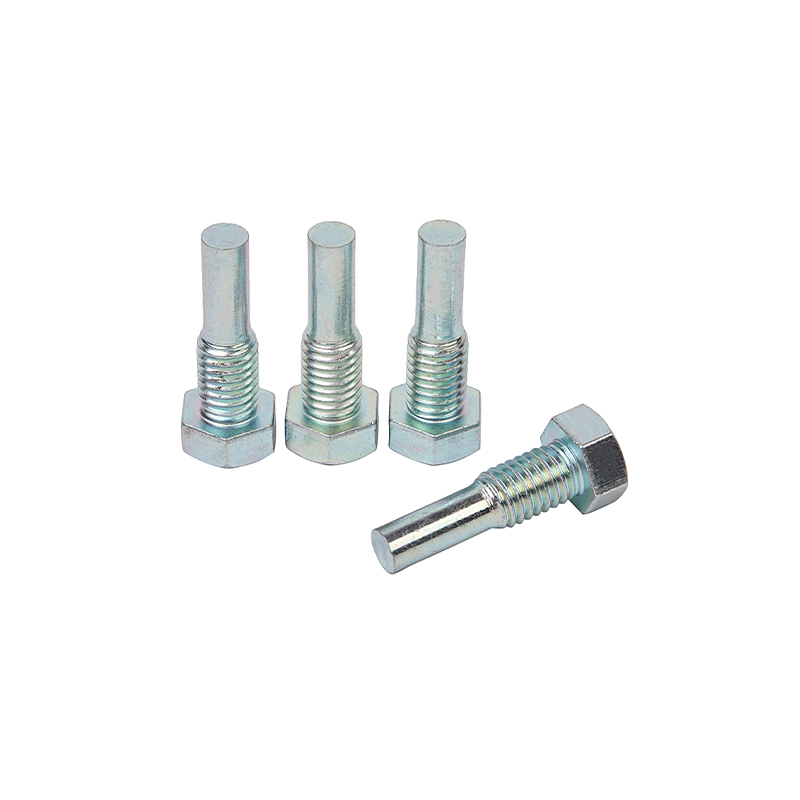
For example, 316L stainless steel, a low-carbon version of 316 stainless steel, is now frequently used in applications where extra corrosion resistance is needed, such as in medical, marine, and chemical industries. It offers resistance to chloride-induced corrosion and pitting, making it ideal for offshore and coastal environments.
More recently, duplex stainless steel alloys have gained attention due to their enhanced strength and resistance to stress corrosion cracking. Duplex alloys combine austenitic and ferritic stainless steel to create a material that is not only more resistant to aggressive chemicals but also provides higher strength, which is essential for high-stress applications.
Another breakthrough has been the development of high-performance coatings for stainless steel fasteners. Coatings such as PTFE (polytetrafluoroethylene) and DLC (diamond-like carbon) are applied to the surface of stainless steel bolts and nuts to further improve their corrosion resistance and reduce friction. These coatings can significantly extend the lifespan of fasteners, especially in environments that involve frequent exposure to chemicals, moisture, or temperatures.
Advanced Manufacturing Techniques
While material innovation plays a significant role, advanced manufacturing techniques are equally critical in enhancing the performance of stainless steel bolts and nuts. Modern manufacturing methods, such as additive manufacturing (3D printing) and precision machining, allow for the production of fasteners with precise tolerances and mechanical properties.
Additive manufacturing is particularly notable for its ability to create complex geometries and reduce material waste. This technique allows manufacturers to design customized stainless steel bolts and nuts that are optimized for specific applications. For instance, aerospace engineers can now create lightweight yet high-strength fasteners that are tailored to the precise requirements of their projects, all while maintaining high levels of durability.
Surface treatments, such as passivation and electropolishing, are also increasingly common. These treatments not only enhance the corrosion resistance of stainless steel but also improve the smoothness and finish of the fasteners. In applications where the fasteners must endure high stresses or operate in abrasive environments, these surface treatments ensure that the fasteners maintain their integrity over time.

 English
English Español
Español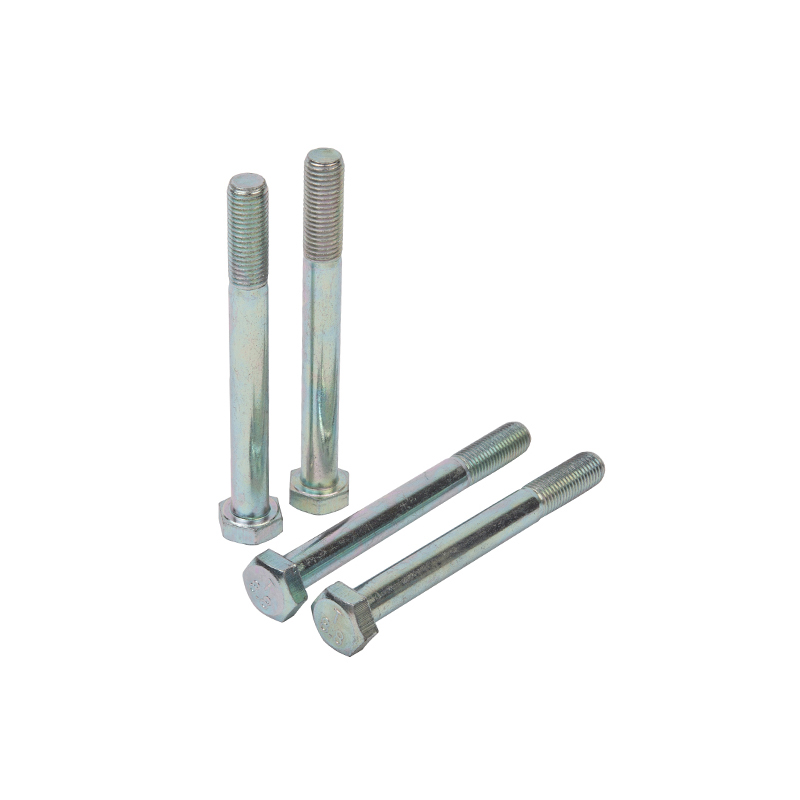
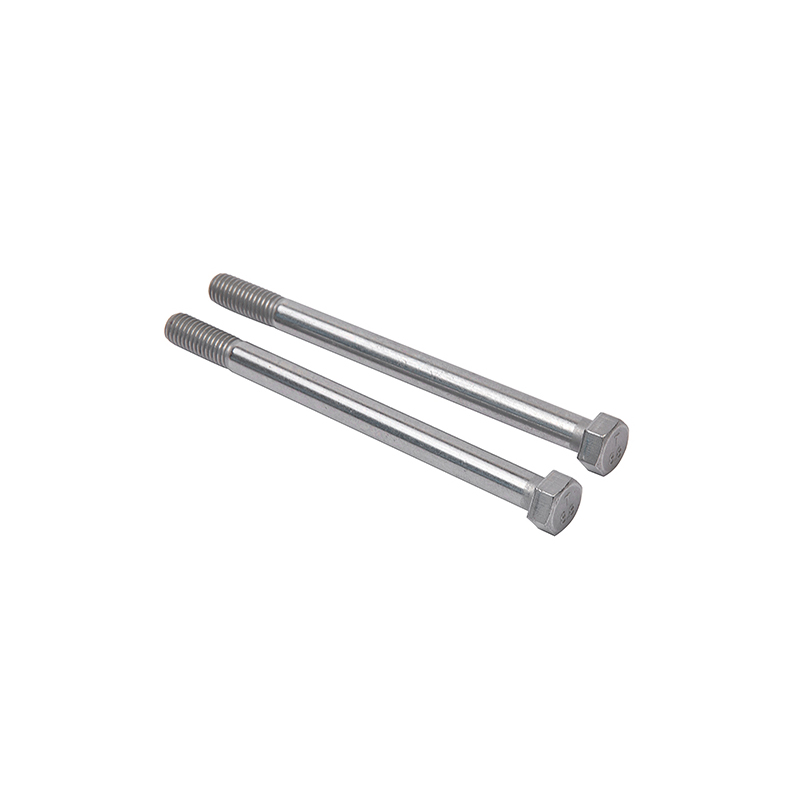
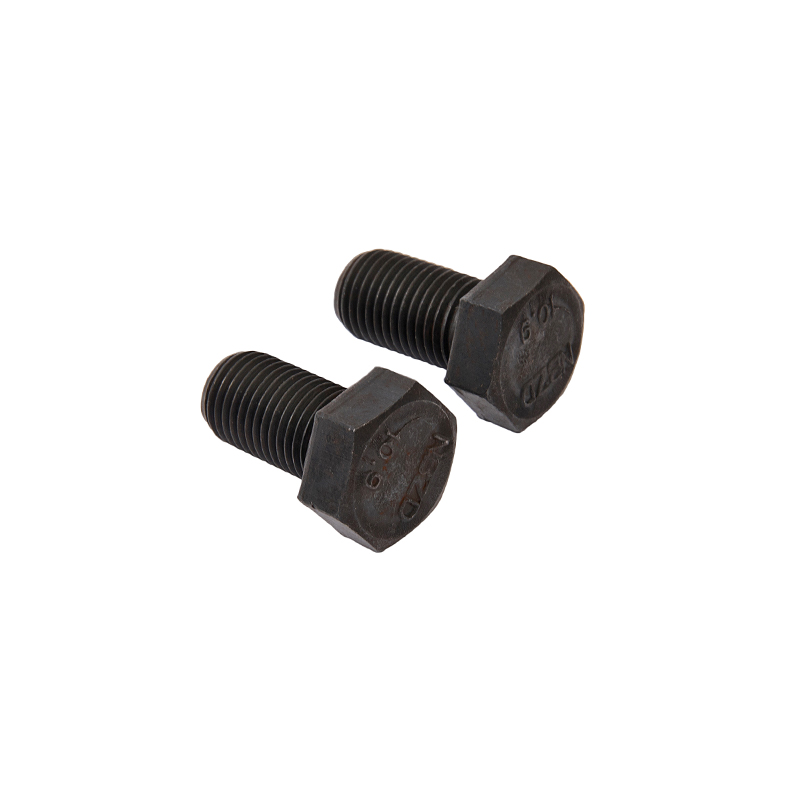
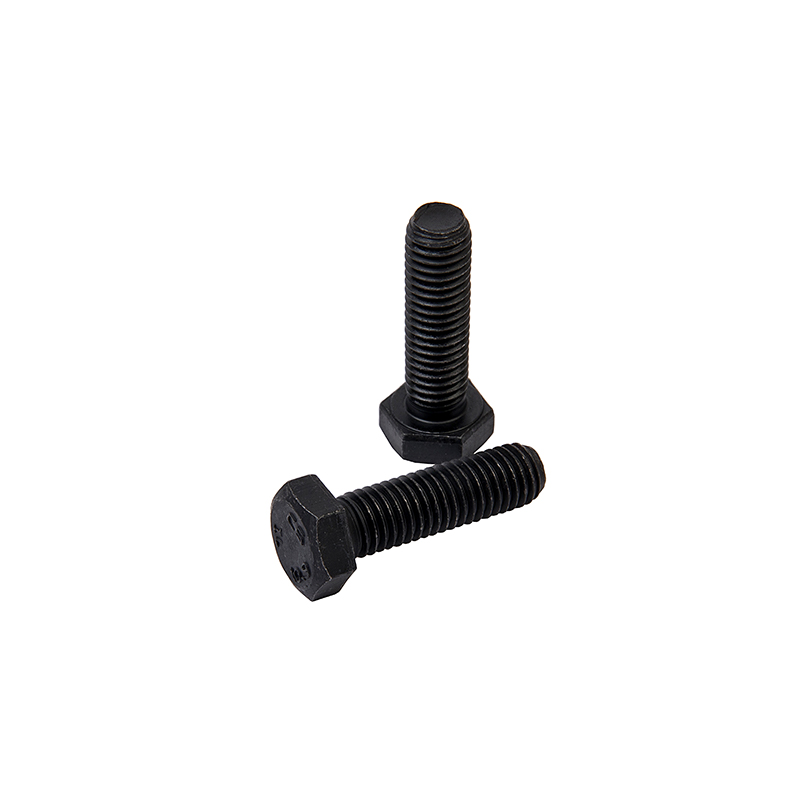

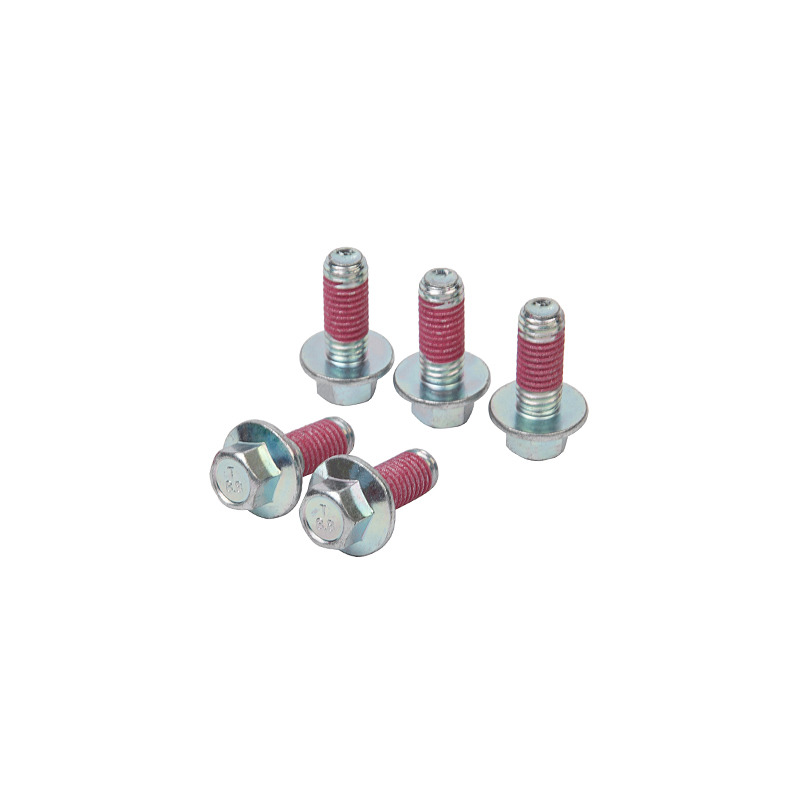
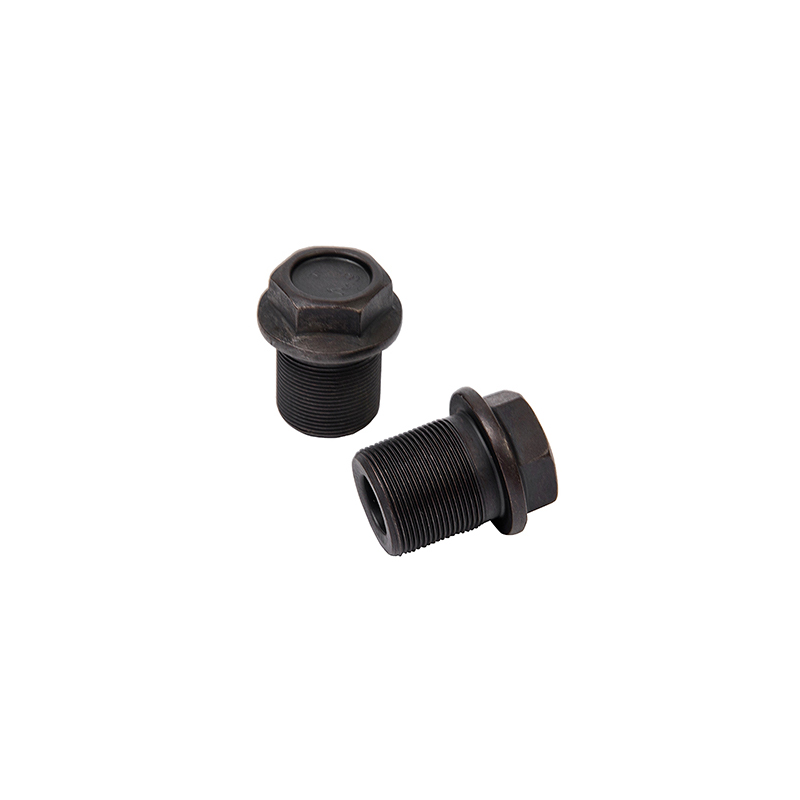
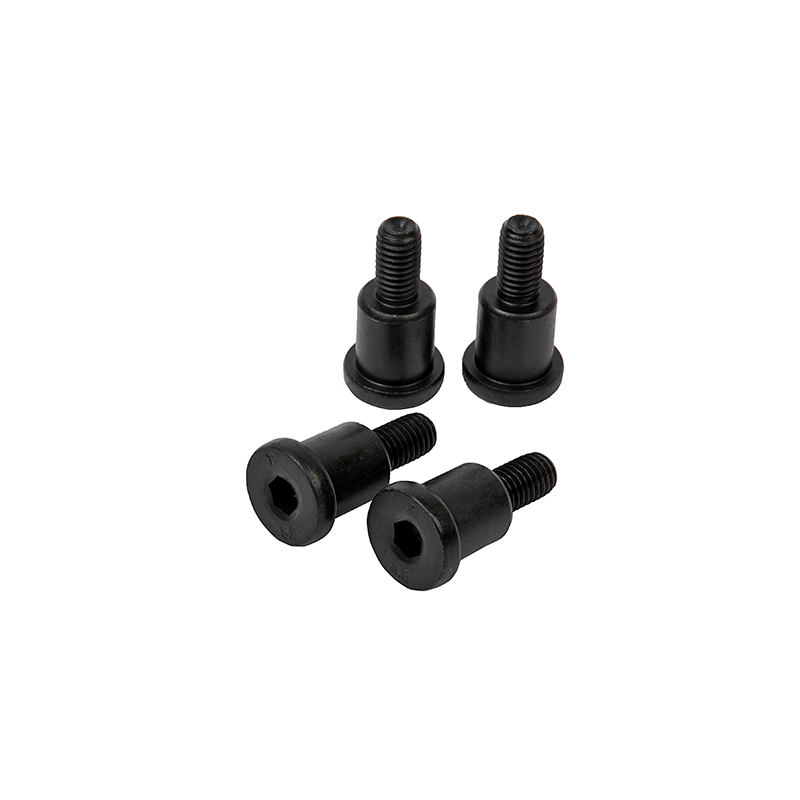
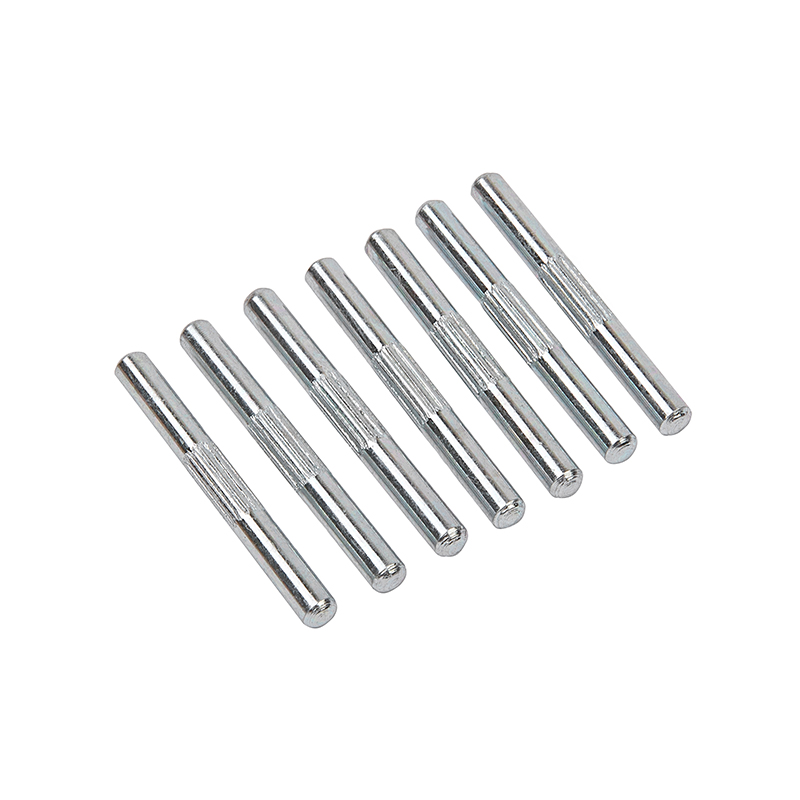
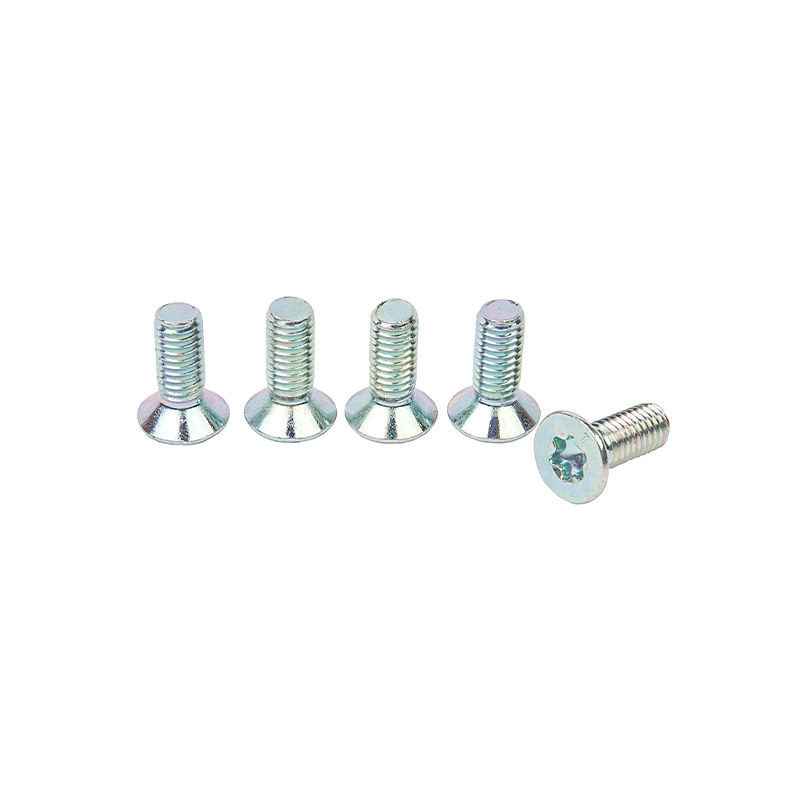

Contact Us